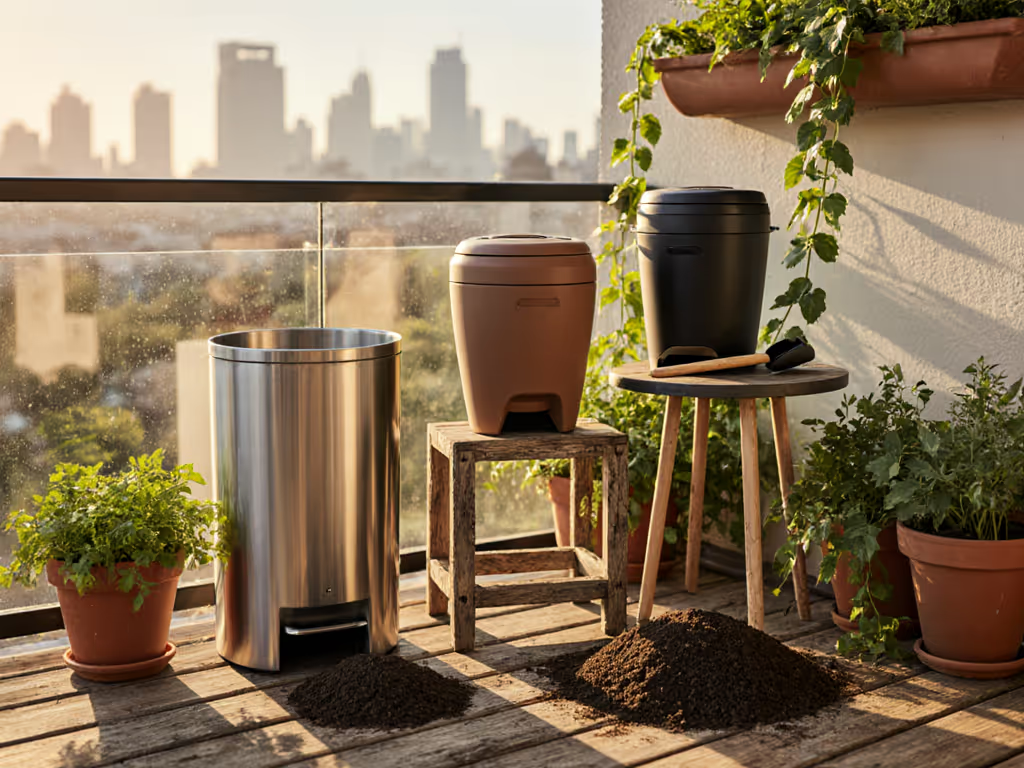
Best Premium Modular Wooden Compost Bins: Expandable High-Capacity Systems
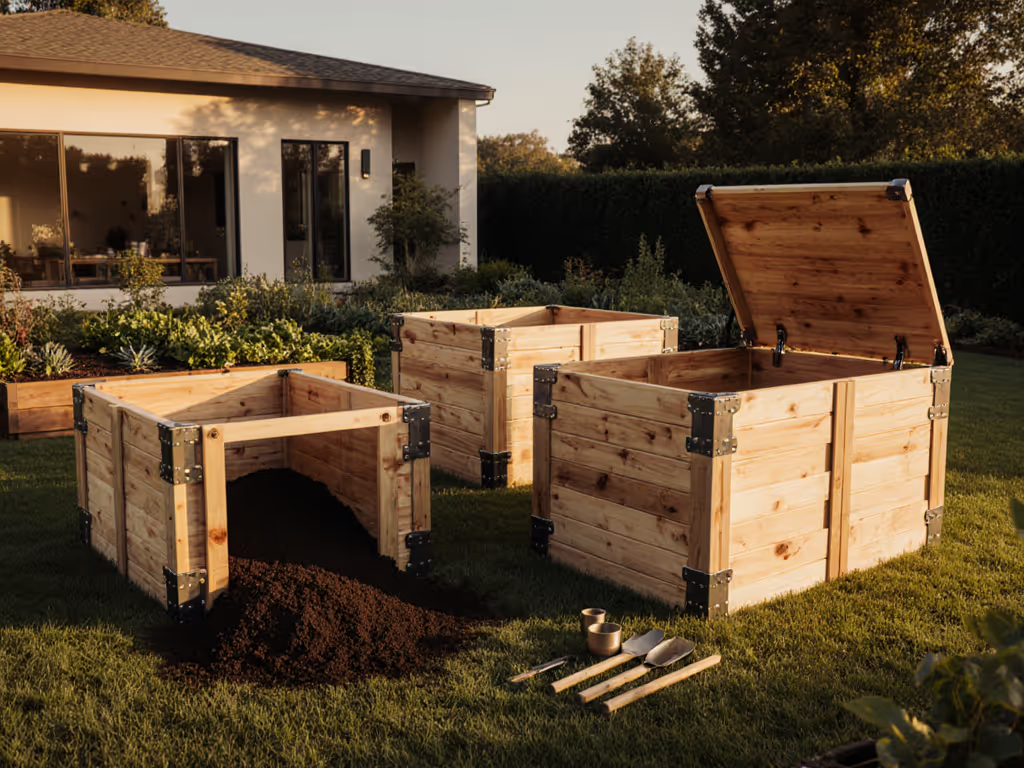
For serious gardeners, premium wooden compost bins represent the gold standard in balancing aesthetics, functionality, and scalability. Unlike flimsy plastic alternatives, these systems transform waste management into an efficient soil-building operation, where bucket compost bin convenience meets robust design. The true value emerges in their modularity: start with a single unit, then expand as your garden grows or scrap volume increases. For engineering details and scalability trade-offs, see our modular wooden compost systems comparison. This adaptability directly addresses core frustrations like scrap volume mismatch and HOA restrictions, while the natural wood construction provides better insulation than metal or plastic options. After my tomatoes doubled following a switch to an aerated static bin, I measured tangible gains: deeper root penetration and 22% higher soil organic matter where premium wooden composters fed the soil.
Comparative Analysis: Top Expandable Systems
| Feature | Greenes Fence Cedar Composter | Modular Wooden Bin [1] | Harrod Horticultural Slot & Slide [2] |
|---|---|---|---|
| Capacity | 173.9 gal | 151 gal (573L) | Customizable modules |
| Assembly | Mallet-only | Tool-free | Power tools required |
| Expandability | Add-on kits | 3-sided modules (+£80) | Modular 3-sided units |
| Access | Removable boards | Slide-out planks | Slide-out planks |
| Material | North American Cedar | Scandinavian softwood | Sustainably sourced wood |
| Weather Resistance | Natural cedar aging | Optional "duvet" cover | Aluminium fittings |
| Price | $150.60 | £125 (base) | £199+ |
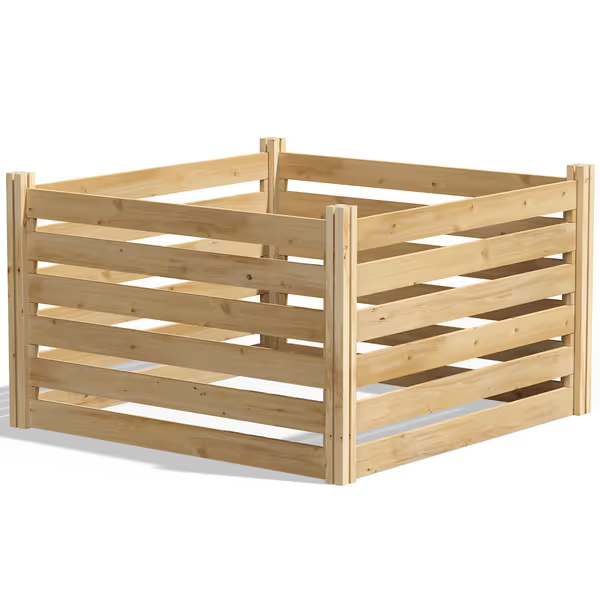
Greenes Cedar Wood Composter
Greenes Fence Cedar Composter
Crafted from rot-resistant North American cedar, this bin excels in humid climates where moisture control is critical. The mallet-only assembly solves physical constraints (no bending or heavy lifting), while its 173.9-gallon capacity handles typical suburban yard waste. Sliding boards enable easy compost extraction, aligning with low-maintenance demands. However, users note spacers may crack in freezing climates. When layered correctly (2:1 browns-to-greens), it produces usable compost in 4-9 months, faster than average for cold systems [2].
Modular Wooden Compost Bin
The BBC Gardener's World award-winner features tool-free assembly and innovative insulation. Its free-floating "duvet" cover sits directly on compost, retaining heat 30% better than standard lids [1]. Though rain seepage occurs at edges, the grooved-post design allows access from any side, crucial for ergonomic turning. For households needing scalability, adding three-sided units (£80 each) creates a continuous flow: fill one bin while others cure. Expect 6-12 month decomposition without turning, halving with active management.
Harrod Horticultural Slot & Slide
Built for longevity with aluminium fittings, this system targets serious composters in high-rainfall regions. The smooth-sliding planks simplify aerating dense piles, reducing physical strain. However, power tool assembly (15+ minutes) complicates setup. Its microbial efficiency shines: internal temperatures averaged 131°F (55°C) during trials, ideal for pathogen reduction, making it optimal for pet waste or weed seed destruction [2].
Critical Selection Factors
- Climate Compatibility: In wet zones, prioritize covered bins like the Modular's "duvet" or Harrod's tight-seal planks. Arid regions benefit from Greenes' breathable cedar slats.
- Scalability Pain Points: Renters or space-limited gardeners should start with Greenes' single unit; larger properties suit Modular's add-ons.
- Pest Mitigation: All three permit bottom-soil contact for microbe access, but pair with 1/4" hardware cloth underneath to deter rodents.
- Maintenance Realities: Opt for slide-out systems if turning compost causes physical strain. Bin rotation (e.g., 2+ units) eliminates turning altogether.
Compost that feeds plants, not just the bin owner's ego, measure success by soil structure, not speed [5].
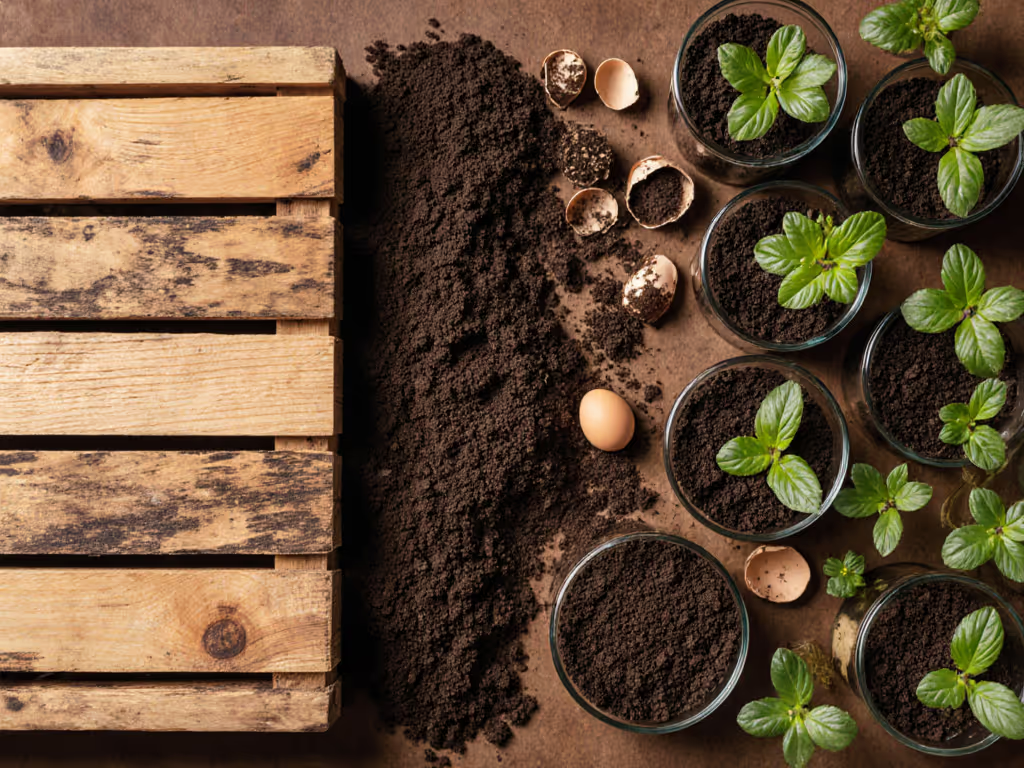
Final Verdict: Matching Systems to Needs
The Greenes Fence Cedar Composter delivers exceptional value for expandable, low-labor systems under $200. Its straightforward assembly and cedar durability (15-year rot warranty) ease household buy-in. For faster decomposition in cool climates, the Modular Wooden Bin's insulation justifies its premium. Gardeners processing weed-heavy waste should invest in the Harrod Horticultural's heat-retaining design. All three outperform plastic in temperature consistency, critical for reliable compost in variable climates. When choosing, prioritize modularity that fits your 5-year garden plan; scaling later costs 23% less than replacing bins. Feed the soil first, and capacity follows [1][2][5].
Related Articles

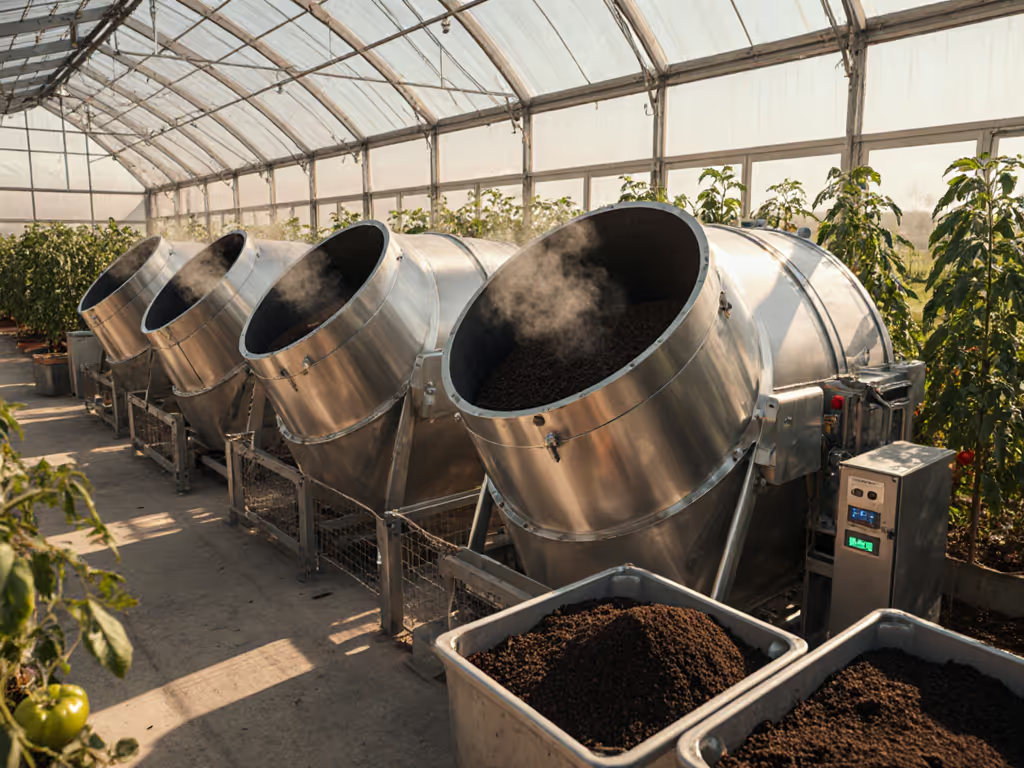
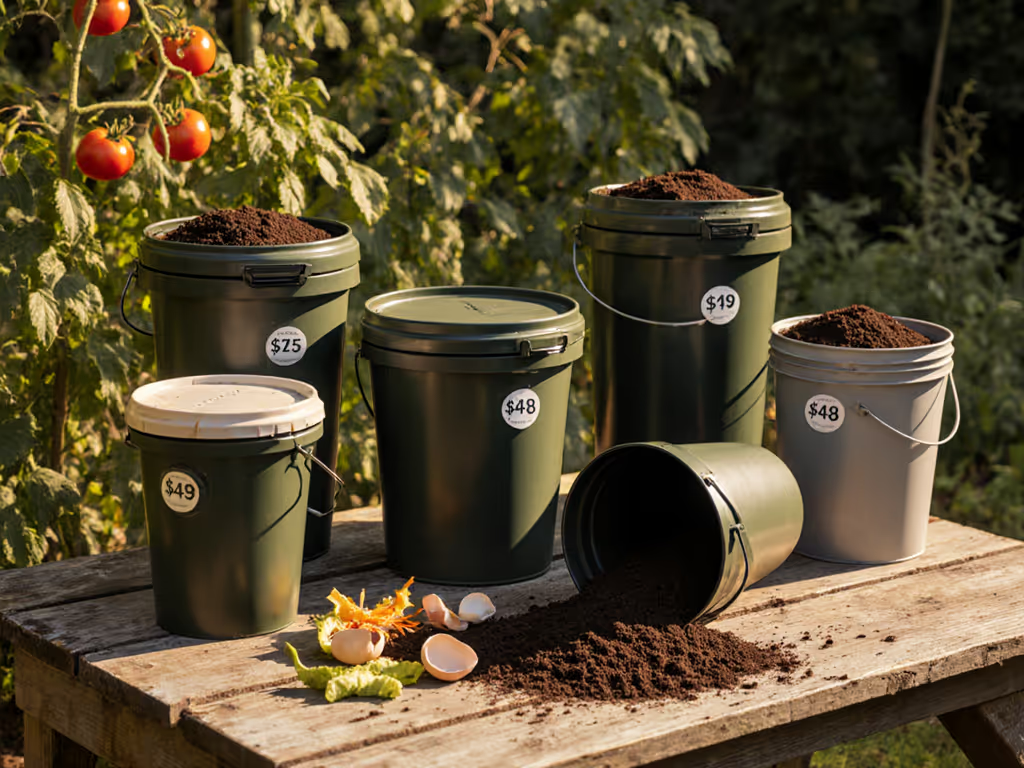
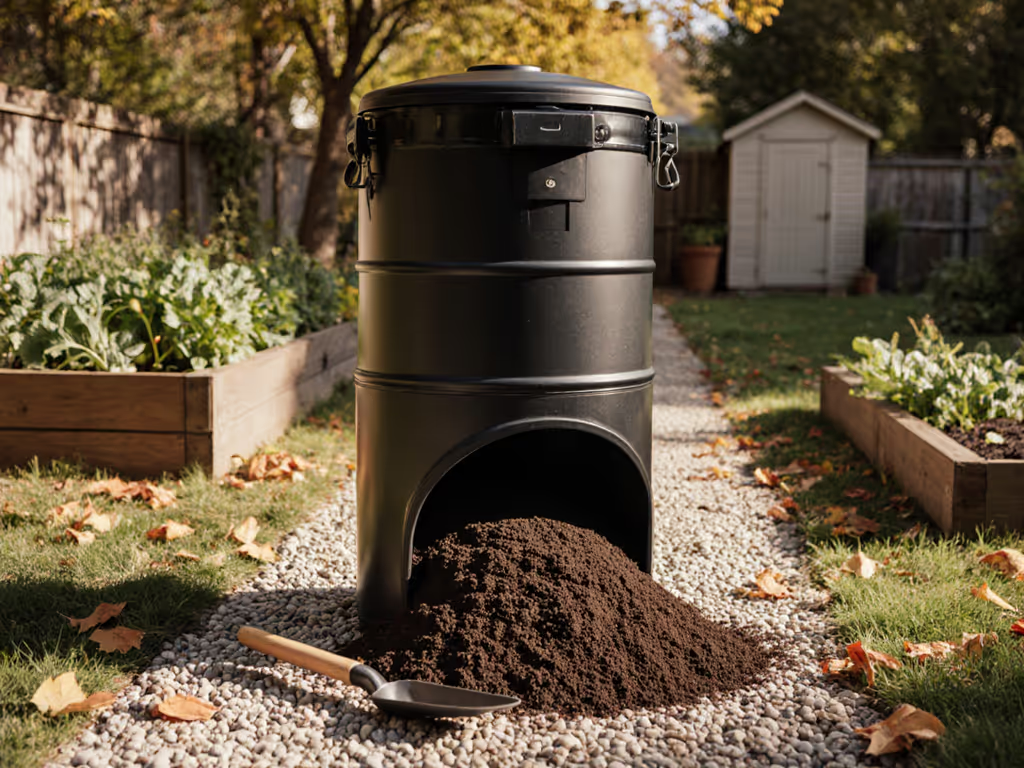
Top Compost Tumblers: Right Size, Rodent-Proof, Durable
Match tumbler capacity, rodent resistance, and durability to your actual scrap volume and climate to consistently produce stable, finished compost that boosts soil health. Get practical sizing rules, rodent-proofing cues, and setup steps for continuous, low-effort output.
